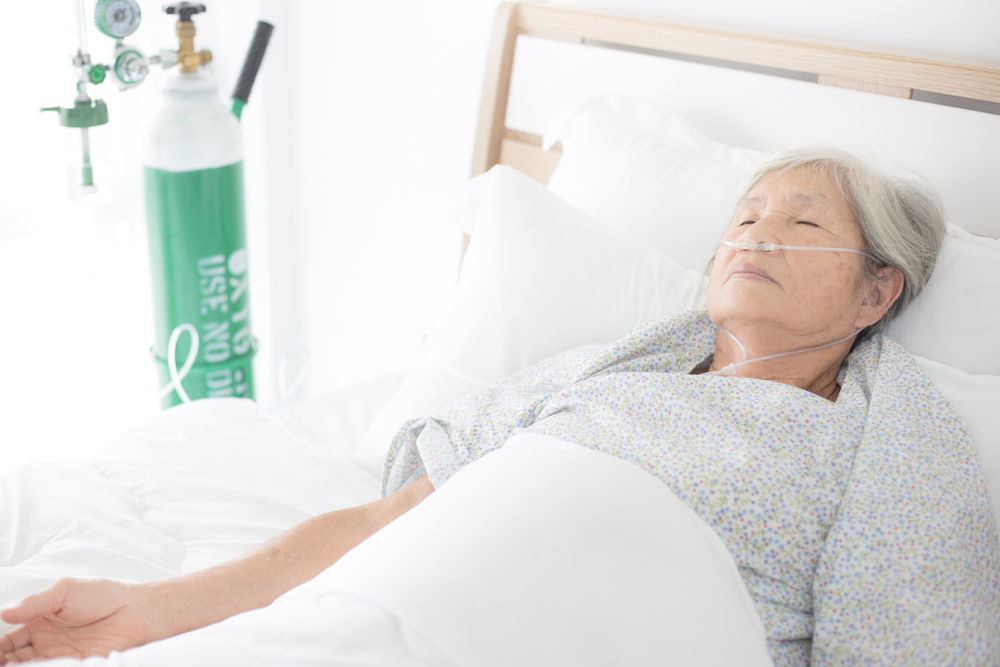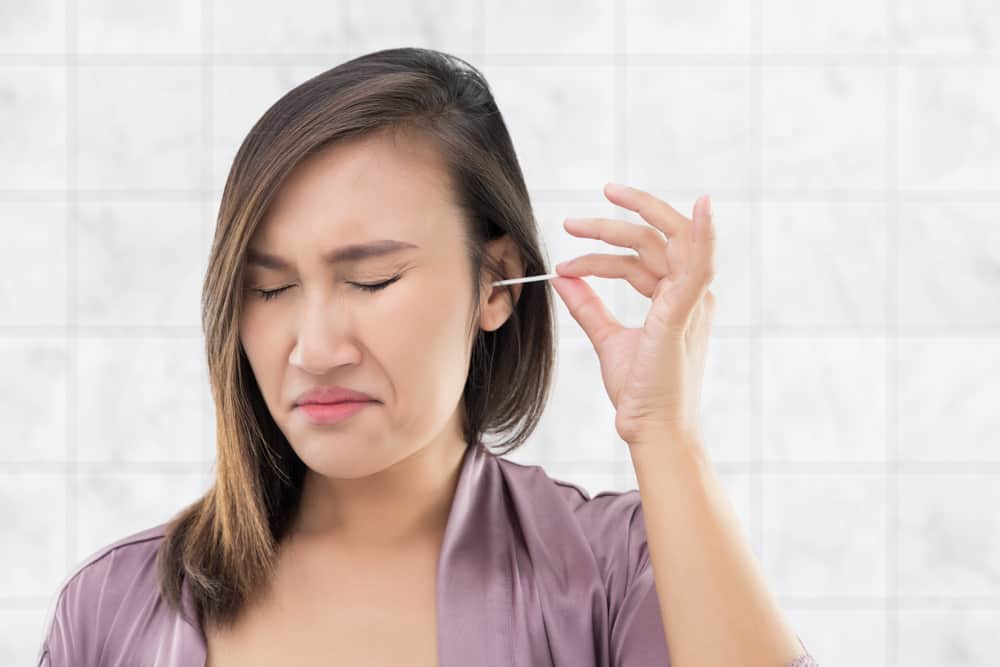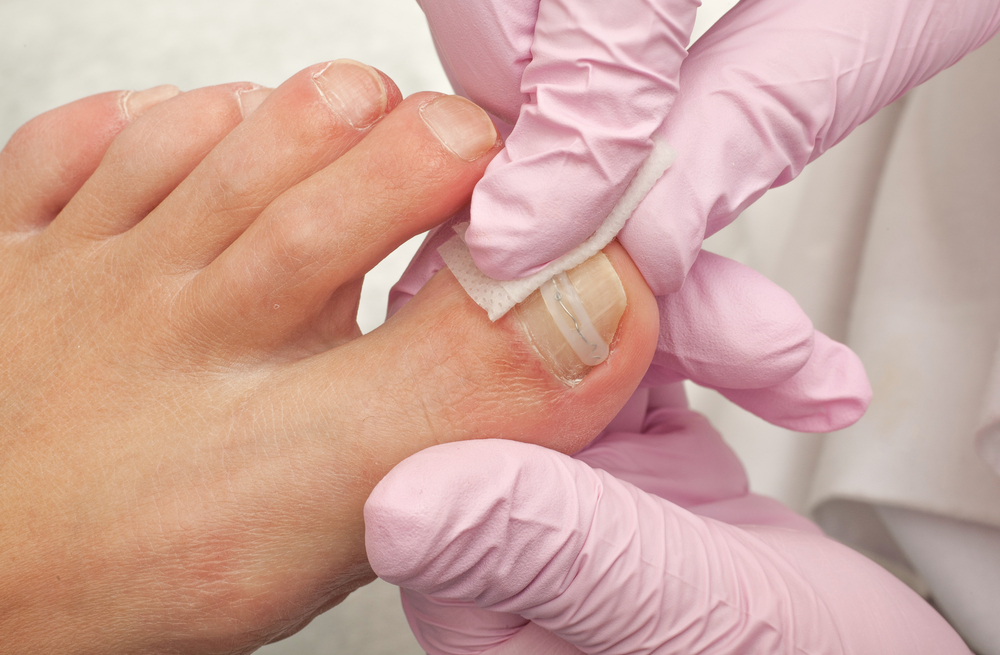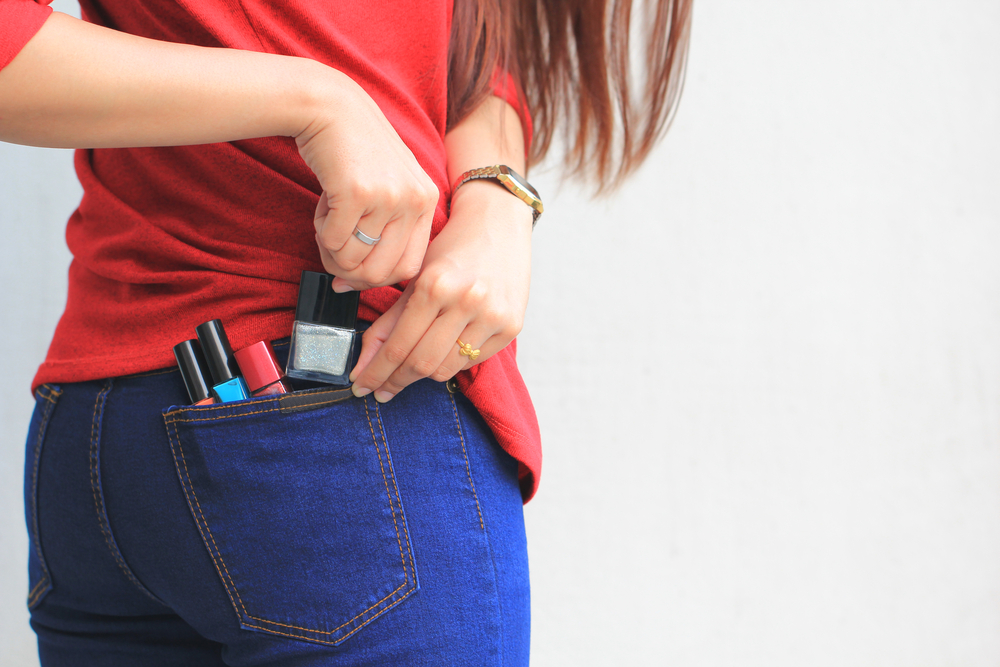Contents:
- Medical Video: What is oxygen therapy for COPD?
- What is oxygen therapy?
- When does someone need oxygen therapy?
- What tests must be taken to find out if I need this therapy?
- What needs to be considered when doing oxygen therapy?
- Do I need to see a doctor if I have done oxygen therapy at home?
Medical Video: What is oxygen therapy for COPD?
People with chronic obstructive pulmonary disease (COPD) have damage to their lungs. Sometimes, the damage makes it difficult for them to breathe, even some of them need oxygen therapy to keep it stable. How is oxygen therapy done?
What is oxygen therapy?
Oxygen therapy is given to people who have difficulty getting oxygen. This therapy is also used to treat people who have low oxygen levels in their blood due to health conditions, such as COPD, which they experience.
When experiencing a lung disease or disorder, your main respiratory organ will struggle to get oxygen. However, because of its ability to decline dramatically due to the disease experienced, oxygen in the free air has not been able to meet its oxygen needs. In such circumstances, oxygen therapy might be an option.
Oxygen therapy is usually given by prescription. That is, you should consult a doctor before getting this therapy. Oxygen given when doing this therapy is usually given from metal tubes or other containers. From the container, oxygen will flow into your lungs in three ways, namely:
- Nasal cannula, which consists of two small plastic tubes, which are attached to both nostrils.
- Face mask, which covers the nose and mouth.
- A small tube inserted into the windpipe from the front neck. The doctor will use a needle or small incision to attach the hose. The oxygen delivered in this way is called transtracheal oxygen therapy.
This therapy can be carried out at home or at the hospital. Even if done at home, you still need advice from your doctor about the dose you need. If this condition is still not too serious, the doctor may recommend occasional oxygen therapy at the hospital. However, if you suffer from chronic conditions such as COPD, you may need to use oxygen therapy at home because you will need it regularly and often.
Oxygen therapy is available in the form of gas or liquid oxygen. Both can be stored in a portable tank. Liquid oxygen is usually stored in smaller tanks and used by active people to carry it anywhere. However, liquid oxygen is more volatile if it is not treated properly.
When does someone need oxygen therapy?
Oxygen therapy is given when a person's oxygen level in the blood is low, or if you experience the following symptoms:
- Hard to breathe
- Irritability
- Headache in the morning
- Swelling in the ankle
The doctor will review your medical condition thoroughly and decide what treatment you need. The doctor may also take several tests to decide whether you need oxygen therapy or not.
In children who suffer from COPD, they often need oxygen therapy. Contact your doctor immediately if your child has the following symptoms.
- Frequent headaches
- Changes in behavior
- Worsening irritability
- Increased drowsiness
- Slow growth
What tests must be taken to find out if I need this therapy?
Usually, before carrying out this therapy, the doctor or nurse will do a test to measure oxygen levels in your blood. If your oxygen level is less than 90 percent, you may need oxygen therapy. There are two tests that are usually used to measure blood oxygen, namely oximetry and arterial blood gas tests.
Oximetry is a simple test in which your doctor will place a clamp on your fingers, toes or ears. Oxygen measurement is carried out through several activities that you will carry out throughout the evaluation. Meanwhile, arterial blood gas tests are usually more complicated than oximetry. In this test, the doctor will take a blood sample from your wrist to measure oxygen levels.
What needs to be considered when doing oxygen therapy?
Make sure that the connection between the hose and your oxygen supply does not leak. Leaks will make oxygen not flow properly and you will get less than the prescribed dose, Make sure that oxygen flows properly.
If you use nasal cannula, a hose that is installed behind the ear can sometimes cause pain, such as when you are not used to using glasses. To work around this, you can use gauze as your hose pad.
If you use a mask to do oxygen therapy, this can cause your mouth, lips and nose to dry out. To prevent this, you can:
- Use water-based lubricants to add moisture
- Using aloe vera
Don't use petroleum jelly (vaselin) or other oil-based products.
If you don't get enough oxygen even with oxygen therapy, ask your doctor to change your dose. Don't add or reduce it yourself.
When using this therapy, make sure that you are not near a fire source to avoid a fire.
Do I need to see a doctor if I have done oxygen therapy at home?
If you feel the therapy that is being carried out at home is going smoothly, you may not need to visit a doctor. However, if you feel something is wrong with this therapy, you might have to schedule a doctor.
Before seeing a doctor, make sure that the oddity of treatment is not from your therapeutic equipment. If you find that your therapy equipment is in good condition, not damaged, or is leaking but your condition is not improving or even worsening, going to a doctor may be the right choice.
It is recommended that you go to see a doctor if you have the following symptoms even though your equipment is functioning properly.
- You experience headaches very often.
- You feel more nervous than usual.
- Your lips or nails are blue.
- You feel sleepy or confused.
- Your breathing is slow, short, irregular, or you have difficulty breathing.
If the following happens to your child despite having done oxygen therapy, immediately contact the pediatrician.
- Breathing faster than usual
- The nostrils expand when breathing
- Take out the snoring sound
- Visible pulls of chest muscle when breathing
- Loss of appetite
- Pale, grayish, or bluish around the lips, gums, or eyes
- Irritability
- Hard to sleep
- Visible shortness of breath
- Very weak or weak
Oxygen therapy is very important for people who have chronic diseases considering oxygen is important for the body to carry out its activities. Don't take the initiative to change oxygen doses even if you feel better. Keep consulting your doctor is the best step.
Hello Health Group does not provide medical advice, diagnosis or treatment.












